
Colour or color[1] is a property of light as seen by people. In the United States, the word is spelled “color” (without a ‘u’.) The rest of the world spells it “colour” (with a ‘u’.)

"Primary colours" can be mixed to make the other colours. Red, yellow and blue are the three traditional primary colours. The primary colours for television screens and computer monitors are red, green and blue. Printers use magenta, yellow and cyan as their primary colours; they also use black.
People who can not see colours or have a distorted sense of colour are called colour blind. Most colour blind people are male.
Colours are sometimes added to food. Food colouring is used to colour food, but some foods have natural colourings, like beta carotene.
When something has no colour, it is transparent. An example is air.
The science of color is sometimes called chromatics, colorimetry, or simply color science
A translucent material is not the same as a colourless material because it can still have a colour, like stained glass
Color theory is a science and art unto itself, which some build entire careers on, as color consultants or sometimes brand consultants. Knowing the effects color has on a majority of people is an incredibly valuable expertise that designers can master and offer to their clients.
There’s a lot to it, though. Something as simple as changing the exact hue or saturation of a color can evoke a completely different feeling. Cultural differences can compound those effects, with a hue that’s happy and uplifting in one country becoming depressing in another.
Warm colors include red, orange, and yellow, and variations of those three colors. These are the colors of fire, of fall leaves, and of sunsets and sunrises, and are generally energizing, passionate, and positive.
Red and yellow are both primary colors, with orange falling in the middle (making it a secondary color), which means warm colors are all truly warm and aren’t created by combining a warm color with a cool color. Use warm colors in your designs to reflect passion, happiness, enthusiasm, and energy.
Red is a very hot color. It’s associated with fire, violence, and warfare. It’s also associated with love and passion. In history, it’s been associated with both the Devil and Cupid. Red can actually have a physical effect on people, raising blood pressure and respiration rates. It’s been shown to enhance human metabolism, too.
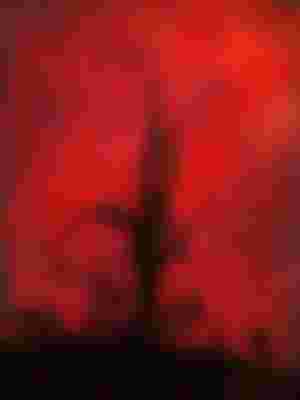
Red can be associated with anger, but is also associated with importance (think of the red carpet at awards shows and celebrity events). Red also indicates danger (the reason stop lights and signs are red, and that warning labels are often red).
Outside the western world, red has different associations. For example, in China, red is the color of prosperity and happiness. It can also be used to attract good luck. In other eastern cultures, red is worn by brides on their wedding days. In South Africa, however, red is the color of mourning. Red is also associated with communism.
Red has become the color associated with AIDS awareness in Africa due to the popularity of the [RED] campaign.
In design, red can be a powerful accent color. It can have an overwhelming effect if it’s used too much in designs, especially in its purest form. It’s a great color to use when power or passion want to be portrayed in the design. Red can be very versatile, though, with brighter versions being more energetic and darker shades being more powerful and elegant.

Examples.
The bright red of the illustration on the homepage of Nacache Design’s site gives the page a ton of energy and vibrancy.
The bright pinkish red of the background on Ming Lab’s website is inviting and passionate.
The muted red on the Startup Lab website is energetic without being aggressive.
Bigsound Buzz’s website uses a monochromatic design of various shades and tones of red, which in this instance gives a poppy, retro vibe.
Build in Amsterdam’s website uses a vibrant red accent color that draws attention to the middle of the page immediately.
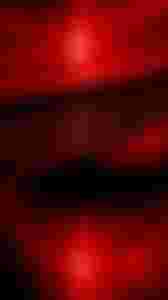
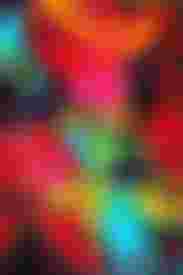
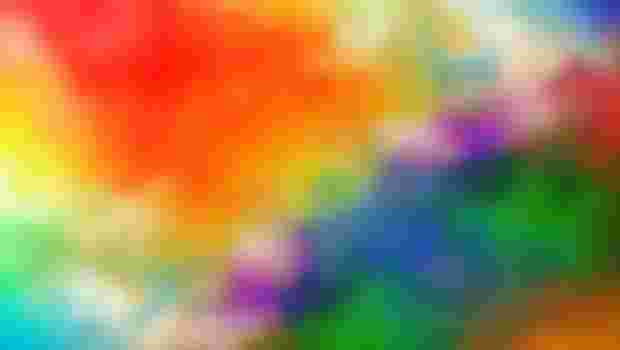
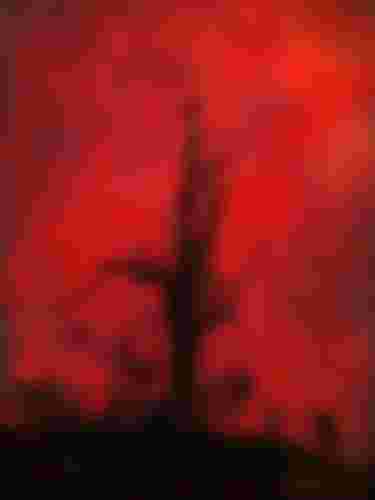

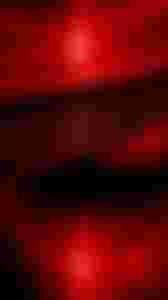
yeah colours are always beautiful